By Mike Duffy
Find out what you need to round out your guitar toolkit and keep everything sounding and looking great.
Just like any builder, artist or chef, there is a basic set of tools that a guitarist needs to be successful.
Of course, the first thing to get is a guitar and an amplifier (if you’re playing an electric model). It’s easy enough to start playing there, and really, that’s the fun part about starting a new hobby, choosing from a slew of amazing instruments to find the one that speaks to you.
But to fully round out your rig, you should consider a few pieces of gear that can have you playing like a pro in no time, not to mention some additional accessories to properly maintain your guitar.
Below is a list of essential tools to note:
Guitar Tuner
With the Fender Tune app, tuning your guitar has never been easier, which is a good thing because playing a guitar that is out of whack won’t do you any favors.
Fender Tune allows you to tune both automatically and by ear, with simple instructions and tips to help you along the way. What’s more, the new Tune Player Pack supercharges the tuner with even greater visual precision with exact cents and more flexibility with hertz reference. The Player Pack also features 65 drum beats (from six different genres) and a built-in metronome to improve your timing, feel and rhythm, over 2,000 scales that will open up new possibilities on your fingerboard and a library of thousands of chords represented in multiple shape variations.
Fender also offers a variety of digital tuners that you can clip on the headstock.
Guitar Strap
If you want to play the guitar standing up, you’ll need a strap. It’s key in stabilizing your guitar against your body and will prevent your arms from aching.
Straps come in a variety of materials and designs, so what you choose is up to you. Just go into the decision with comfort on the top of your mind. Two inches in width is a good starting point, and maybe look for something with padding that will ease the strain on your neck and shoulder.
Extra Strings
Your guitar most likely came with a set of strings, but sooner than later, one of those is going to break due to wear and corrosion, age, or tension.
So picking up a few extra packs will ensure that you won’t have to wait for an Amazon delivery or go to your local music retailer when that occurs. The ability to change a string on the go will help you avoid any delay in your practice schedule.
Generally, electric guitars will take nickel strings (versatily, clear and articulate) or stainles steel strings (bright and less prone to wear), while acoustic guitars want to have 80/20 bronze strings (bright and metallic) or phosphor bronze strings (dark and mellow). Also, start with a lighter gauge that will produce less tension, making them easier for beginners to work with.
Guitar Picks
Seeing a massive assortment of picks in different shapes, sizes, materials and thicknesses can be overwhelming, especially for such a tiny item. You might want to try out a number of options before settling on what works best for your playing style.
Typically, thicker, stiffer picks offer more control, where thinner picks work well for strumming.
Capo
As your skills as a guitarist progress beyond basic chords, a capo can assist you in playing songs in different keys while still using first-position open-string chord forms. You can place it on any fret and play more advanced songs while still using familiar chord shapes. Learn all about capos here.
Case / Gig Bag
If you want to protect your guitar, a case or a gig bag should join your collection. Not only will it keep it safe from dirt and scratches, it will also just make it easier to carry around.
A soft gig bag are mostly inexpensive and offer excellent mobility, while a hard case gives you the best defense against the elements (including the human element), even if they are pricier.
Guitar Cable
If you are going to play through an amp, you can’t just beam your tone through the speakers (yet). So grab a cable of moderate length and reinforced ends to ensure the best connection.
It’s worth noting that some cables have straight connection plugs and some have L-shaped connectors. If your guitar’s output jack is recessed into the body, as with a Stratocaster, a straight plug will fit best. If it is on the face of the guitar’s body or on the lower end, like with Telecaster, an L-shaped plug might fit better, even though you can still use a straight plug in those cases.
Guitar Stand
Don’t open yourself to the chance that you or someone else could absent-mindedly step on your guitar by casually setting it down on the floor or leaning it against a table. A guitar stand will keep it stored safely and can even tastefully display your prized six-stringed possession. A stand is also beneficial to have on stage, as it allows you to easily access other instruments.
Guitar Humidifier
For acoustic players (or an electric player living in very dry conditions), a humidifier can combat the effects of fluctuating weather. Guitars are made of wood, which “breathes” as temperatures and humidity change, not just when moving them from a hot car to a cold room, but also within the confines of your home. That can lead to cracking and warping, fret sprout, fret buzz and more headaches.
Guitar case humidifiers sit in the actual guitar case to keep the case regulated. Room humidifiers are good for those that have multiple guitars to safeguard. And soundhole humidifiers either cover the soundhole or are composed of a rubber tube that sits between the strings and runs down into the guitar. Both types of the latter are basically an enclosed saturated sponge that moisturizes the wood without dripping water on it (you only need to re-wet these every week or two).
Guitar Cleaners
You want to keep your gutiar looking fresh, so it is smart to have a few cleaning accessories close by, like a microfiber cloth and polish to increase the luster and longevitiy of the finish. View a list of do’s and don’ts when it comes to cleaning your guitar here.
Guitar Tools
If you have designs on being a tinkerer, or you just want to keep your gutiar in working order, there are some basic items to have at your disposal. You could pick up a ready-made kit complete with a screwdriver, a hex adapter for truss rod adjustment, telescopic adjustment mirror, ruler, diagonal cutter, feeler gauges and string winder, or just amass your own kit as you see fit.
For the best price on these accessories contact Connor@NapervilleMusic.com
Naperville Music, your home for everything Fender!



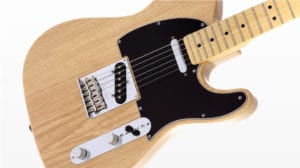
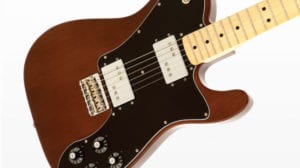
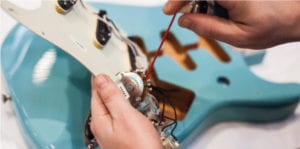
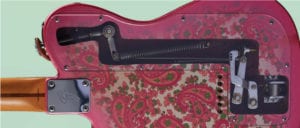
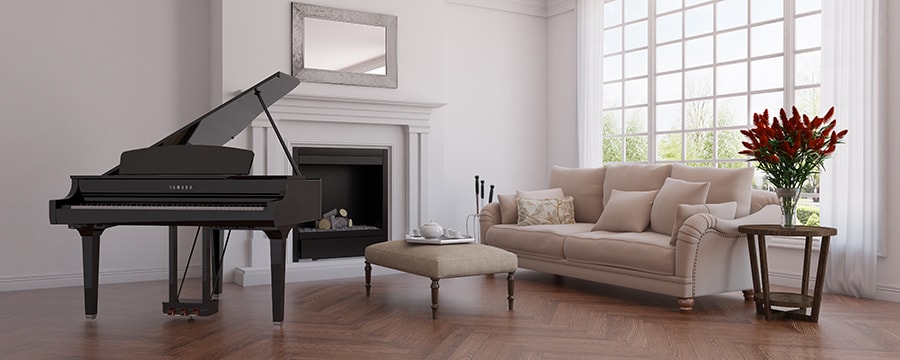

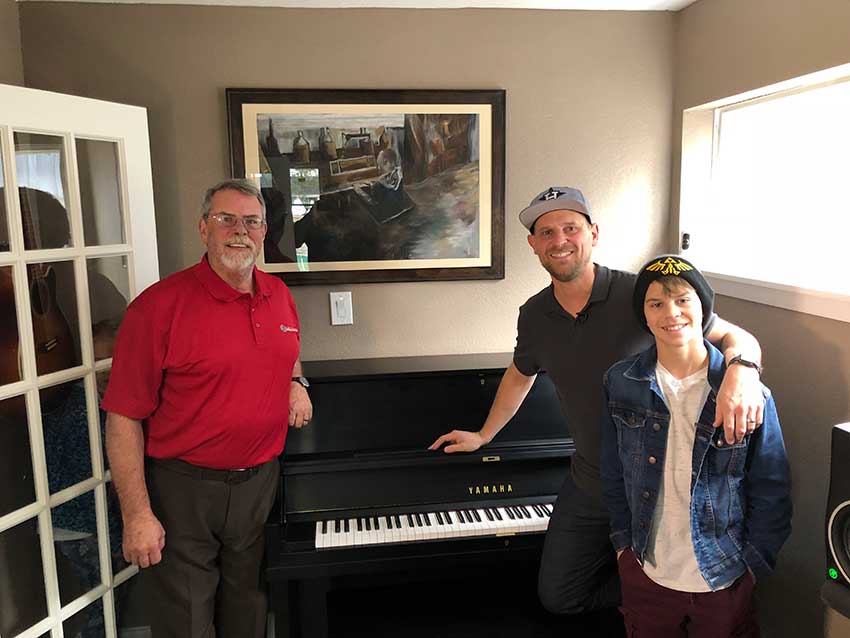
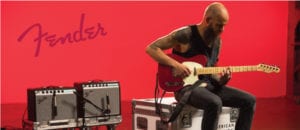 Click to Enlarge
Click to Enlarge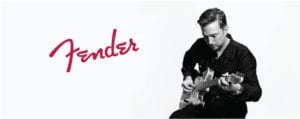 Click to Enlarge
Click to Enlarge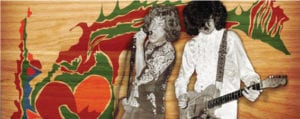 Click to Enlarge
Click to Enlarge